International
Trump and Harris fight the final battle for decisive states, two days before the elections
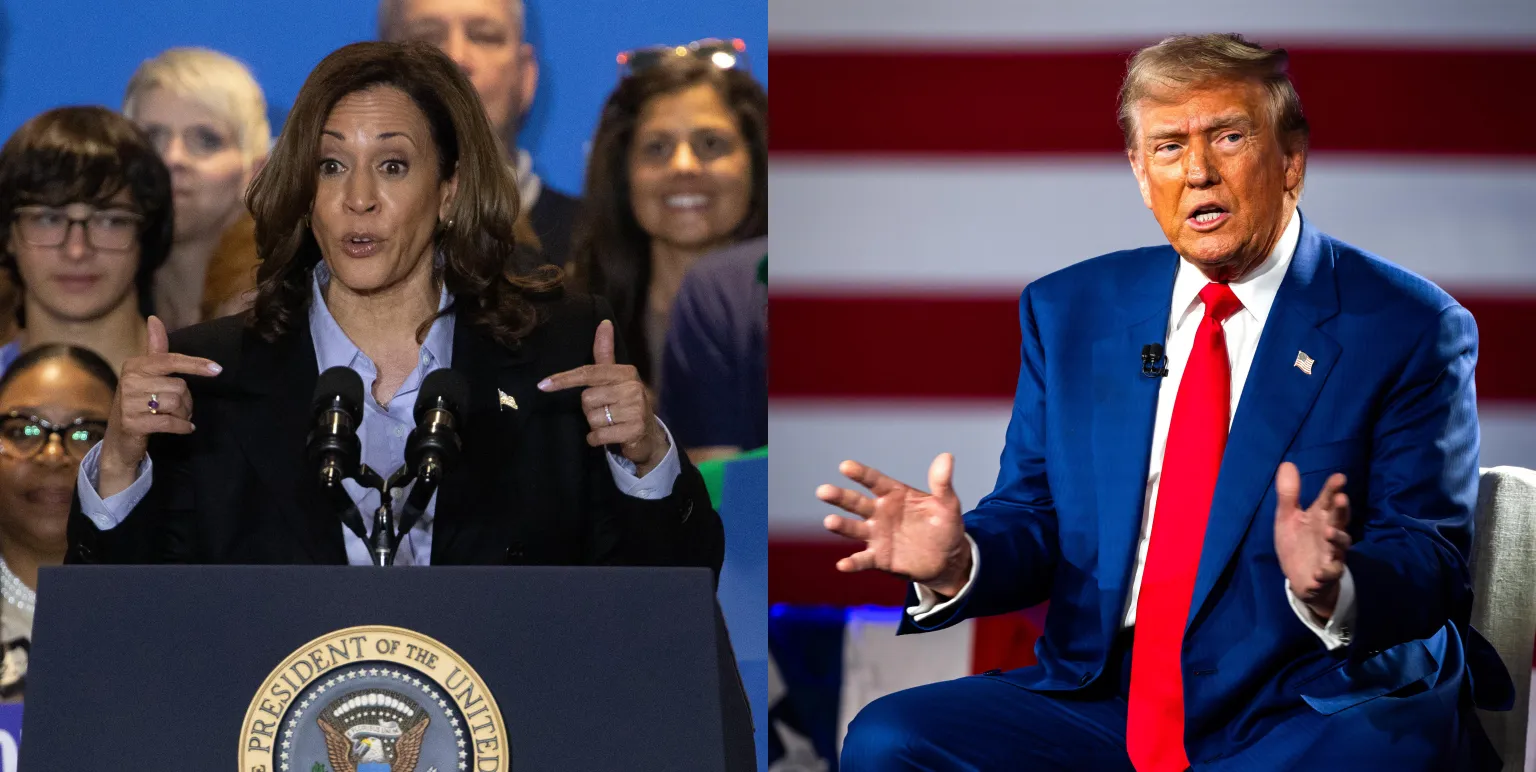
The Republican candidate for the presidency, former President Donald Trump (2017-2021), and his Democratic rival, Vice President Kamala Harris, continued to fight a marathon battle for a handful of decisive ‘hinge’ states, two days before the presidential elections, with polls that present a very tight scenario.
Trump focused on sowing doubts about the voting system in some key states, something that could lead, as in 2020, to a new questioning of the results, while Harris said that in the coming days “they will put us to the test.”
This close pulse means that both political rivals have turned these final days in the seven ‘bisagra’ states: Pennsylvania, the one with the most electoral votes (19); North Carolina (16), Georgia (16), Michigan (15), Arizona (11), Wisconsin (10) and Nevada (6).
Trump: he shouldn’t have left the White House
Trump’s marathon of rallies began in Lancaster County, Pennsylvania, territory of the religious, pacifist and traditionalist group of the Amish, to ask for the vote in a community that does not usually participate in elections, but that the Republican hopes will go to the polls and thus obtain the necessary margin to win this key state.
At his rally in Lititz, Trump also reiterated his doubts, so far unfounded, that the electoral process is not being fraudulent, and assured that there will be problems about the legitimacy of the electoral results if the ballot is not known on Tuesday night.
The Republican candidate said he should not “have left” the White House after losing the 2020 elections, a defeat that he never recognized.
He also criticized the media and their “fake news,” as well as the voting system in the United States, complaining that in some parts of the country you do not have to show an identification document before voting and the time it takes to count the votes.
“The world laughs at our electoral system,” the tycoon noted in his campaign act in the most crucial state of these presidential elections next Tuesday.
Harris: the next few days they will put us to the test
For his part, Harris traveled to Michigan, where he warned that in two days the fate of the nation will be decided, and expressed his conviction that the country is ready to “turn the page” and “write the next chapter of our history.”
In an African-American church in Detroit, Harris, who already voted by mail, said that “the road ahead will not be easy” in the coming days and that “we will be put to the test,” but that the nation “is ready to bend the arc of history towards justice.”
For his part, former President Barack Obama stopped in Milwakee (Wisconsin) to ask the Latin, black, Jewish and Arab minorities to vote, and questioned them: “Why think that the answer is to vote for a person who has a long history of despising and ignoring their communities?”, in reference to Trump.
The average of surveys collected by FiveThirtyEight show technical ties and within the margin of error between Trump and Harris, so the victory could be determined by very narrow margins or require counts.
The former president had this Sunday, according to that electoral portal, an advantage within the margins of error in North Carolina (1%) and Georgia (1%), while Harris has a slight advantage in Michigan (1%) and Wisconsin (1%). In Pennsylvania and Nevada, they are tied. In Arizona, Trump’s advantage today is 2.5%.
International
Meta Says Russia Seeks to Ban WhatsApp for Defending Secure Communication

U.S. tech giant Meta, the parent company of WhatsApp, said that Russia is seeking to ban the messaging app because it “challenges government attempts to violate people’s right to secure communication.”
Russian authorities have encouraged citizens to switch to state-backed applications, and in August they already blocked WhatsApp’s calling feature.
On Friday, the communications regulator Roskomnadzor claimed that the platform was being used to “organize and carry out terrorist acts in the country, recruit perpetrators, and facilitate fraud and other crimes.”
“If the messaging service does not comply with Russian law, it will be completely blocked,” the regulator warned.
WhatsApp remains one of Russia’s most widely used messaging services, alongside Telegram.
Moscow is pressuring both platforms to grant authorities access to user data upon request for investigations into fraud and activities the government labels as “terrorist.”
Human rights advocates fear the demand could be used to target critics of the Kremlin, President Vladimir Putin, or the war in Ukraine.
International
Archbishop Wenski criticizes Trump’s deportation policies, calls for stronger push for reform
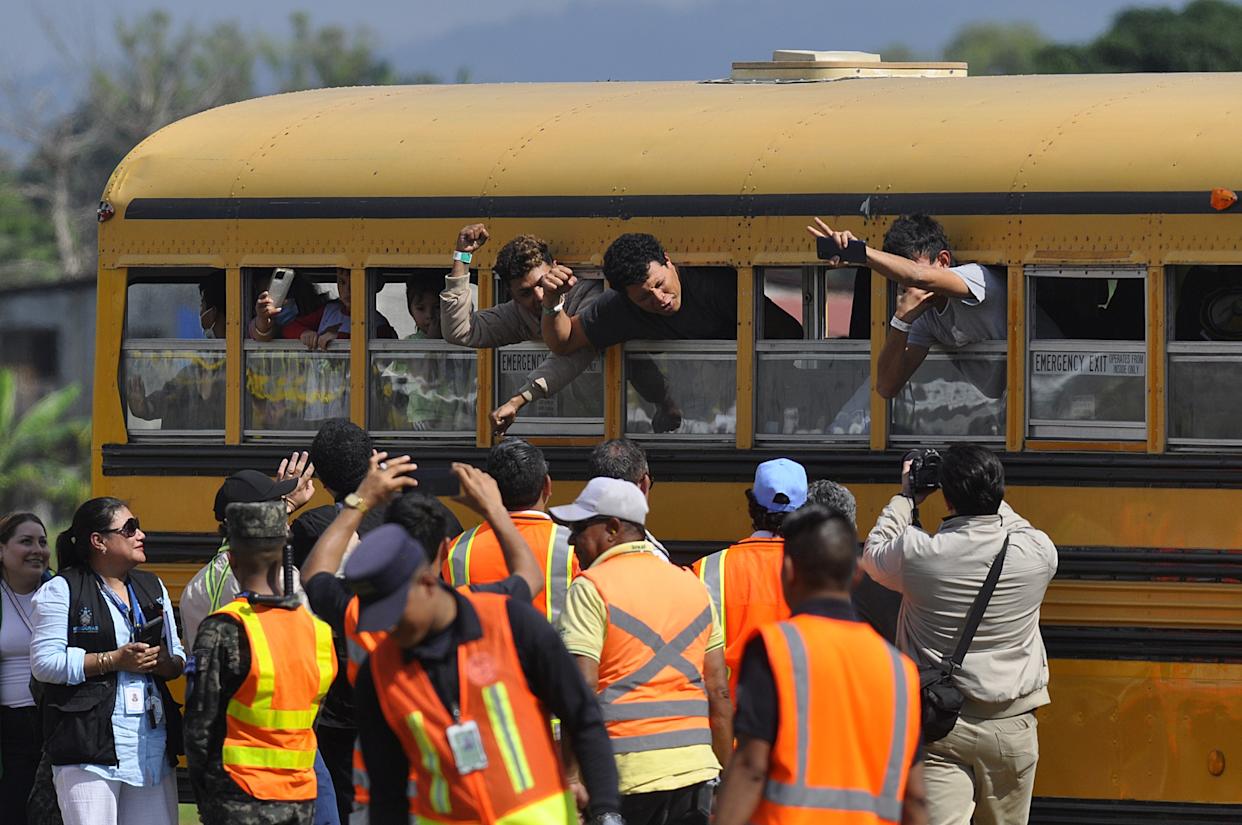
The Archbishop of Miami, Thomas Wenski, has called for increased pressure on the U.S. Congress to advance comprehensive immigration reform and criticized President Donald Trump’s mass deportation policies, arguing that they “do nothing to help.”
“We need to apply more pressure on Congress so lawmakers can make the necessary changes. It is also important for the Administration to listen to our voice. We do not want to be anyone’s enemy—we are Americans,” Wenski said in an interview with EFE.
The religious leader, who heads one of the dioceses with the largest Latino and Haitian populations in the United States, issued a call to defend the rights of migrants. He also emphasized that the U.S. Conference of Catholic Bishops (USCCB) has maintained a strong and public stance in favor of migrants for decades.
International
Trump relaunches diplomatic push to finalize U.S.-Backed peace plan for Ukraine War
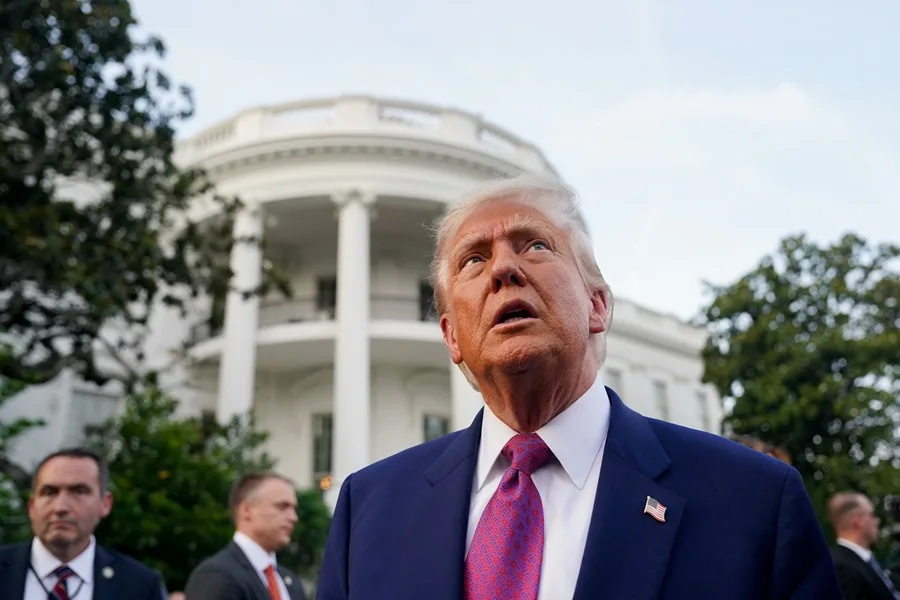
U.S. President Donald Trump announced on Tuesday that his diplomatic team will resume meetings with delegations from Russia and Ukraine in an effort to pressure both sides to accept the peace plan proposed by Washington to end the war in Ukraine.
As part of this new round of talks, U.S. Special Envoy Steve Witkoff will travel to Moscow to meet with Russian President Vladimir Putin. Meanwhile, Army Secretary Dan Driscoll will hold discussions with Ukrainian representatives to narrow differences on the remaining points of the agreement.
Trump also confirmed his intention to meet personally with Ukrainian President Volodymyr Zelensky and with Putin, though he emphasized that such meetings will only take place “when the agreement is fully finalized or in its final stage.”
The president claimed that his administration has made “tremendous progress” toward resolving the conflict and reiterated that the war “never would have started” if he had been in the White House at the onset of the crisis.
The U.S.-backed peace plan consists of 28 points and has been revised following feedback from both sides. According to Trump, only “a few points of disagreement” remain under active discussion.
One of the most controversial aspects of the proposal is the suggestion that Ukraine cede parts of the Donbas region to Russia and limit the size of its armed forces. Kyiv is working closely with Washington to soften these clauses in search of an arrangement that does not compromise its sovereignty or security.
With this diplomatic push, Trump aims to solidify his role as the main mediator in the conflict and steer the war toward a political resolution after years of devastation, humanitarian crisis, and rising global geopolitical tensions.
-

 International4 days ago
International4 days agoTrump relaunches diplomatic push to finalize U.S.-Backed peace plan for Ukraine War
-
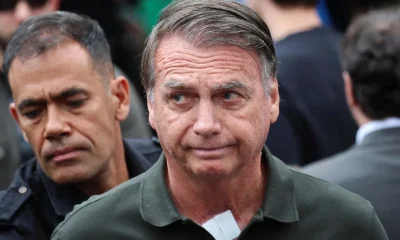
 International4 days ago
International4 days agoBolsonaro misses appeal deadline, faces imminent prison order by Brazil’s Supreme Court
-
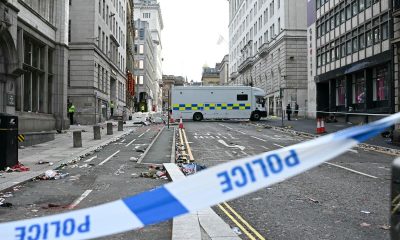
 International4 days ago
International4 days agoMan pleads not guilty in Liverpool parade incident that injured more than 130
-

 Central America3 days ago
Central America3 days agoPanama reinforces security with new helicopters and Super Tucano Aircraft purchases
-

 International4 days ago
International4 days agoMacron to announce new voluntary military service amid rising security concerns in Europe
-

 Central America3 days ago
Central America3 days agoTrump urges hondurans to back conservative candidate Nasry Asfura in november elections
-

 Central America22 hours ago
Central America22 hours agoTrump Pardons Former Honduran President Hernández and Warns of Aid Cuts Ahead of Election
-

 International3 days ago
International3 days agoArchbishop Wenski criticizes Trump’s deportation policies, calls for stronger push for reform
-

 Central America3 days ago
Central America3 days agoWashington calls for oversight as Honduras faces allegations of electoral interference
-

 International22 hours ago
International22 hours agoMeta Says Russia Seeks to Ban WhatsApp for Defending Secure Communication






























